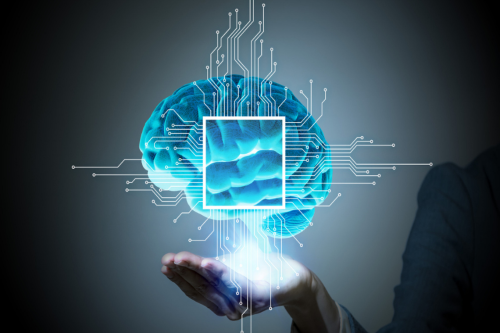Here we are going to discuss the most famous neural network in deep learning which is called the “Convolutional Neural Networks” (CNN). CNN is an area of deep learning that specializes in pattern recognition.
Do you think about how machines identify images?
When we see an object, we immediately recognize that object in a few seconds because our visual cortex system is well trained even, though we can recognize an image that is not so clear. But it is tough for machines to perform this task. After many years of research, French scientists and the Turing award-winning scientist Yann Lecun introduced that we can add the human ability of image recognition in machines in 1998.
For this process he used convolution neural networks. In Convolution Neural Networks Convolution and pooling are two main processes they both pass through the number of activation layers and give an output. Now the question is what is convolution?
Convolution is scanning from the machine’s point of view. Machines identify an image in the form of pixels:
A machine can identify an image using its pixels scan all the pixels through filters and collect all the information about it. As we can see in the following image.
What is Convolution?
Convolution is a type of scanning from the machine’s point of view. Machines identify an image in the form of pixels:
A machine can identify an image using its pixels and scan all the pixels through filters. Machine can also collect all the information about it as we can see in the following image.
These filters are of many types to detect the edge, color intensity, and curve in an image.
As we can see in the following image:
These filters can be different in their size as here we use a 5×5 filter there are random values in these filters as shown in image a and when we slide these filters on the image of our object then the random values of these filters give us a new set of values to combine with the image pixel values as we can see in image c.
Filter values + Image pixel values = Net set of values
(a)
(b)
(c)
In the same way, all the other possible properties will be fed into the convolutional layer.
And the output of these convolutional layers feeds into the fully-connected layers and at this stage, the result helps us in image classification.
At the time of generating the output, our machine will estimate that the object in this image has a 10% possibility of being a Pomeranian a 30% possibility of being a Pug, and a 75% possibility to be a German Shepherd.
To obtain these results we can also use regularization and normalization techniques such as Relu or rectify linear unit functions.
Author: TCF Editorial
Copyright The Cloudflare.





